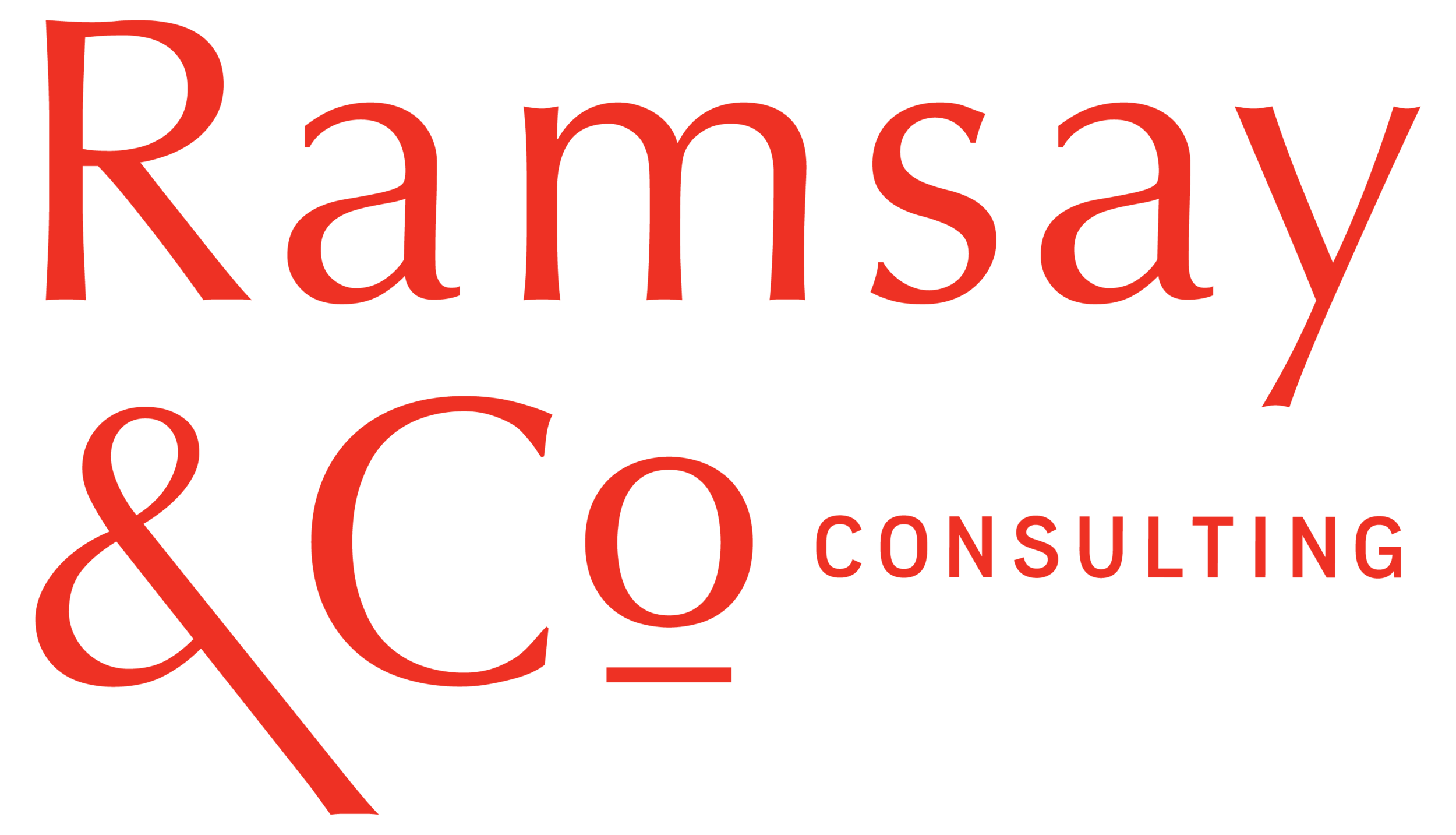#17 When should we KISS?
Also known as keep it simple, Stupid
If we’re to believe the rock stars and rebels, we’re here for a good time not a long time. That means for us storytellers that if we want to engage an audience, we need to get to the point. Fast.
Don’t get me wrong, long form journalism is the kind I like best to read and create—I need word count and space to craft a tale. To provide context, nuance, AND understanding. If you’ve ever read one of my decks or the about page on my website, you know I cannot keep it short, but I strive to. Keeping it simple is essential for great communications, strategy, and storytelling. I think it’s why I’m good at what I do, I can take something wonky and hard to detangle, and turn it into something that makes sense and that others can make sense of. But it takes work and lots and lots (and lots) of revision.
But, in a world of TL;DRs (too long, didn’t read), 160 characters and tik tok the art of simplicity is becoming table stakes (which is just a marketing term for essential). In journalism school my classmates and I learned the art of taking complex political jargon and policy notices and distilling them down to something an 8 year old could understand.
If you’ve started any of the books on my reading list, which I know some of you have, you’ll know that in On Writing Well William Zinsser dedicates his entire second chapter to simplicity.
Here are five things I do to simplify complex ideas or story elements in my storytelling:
1. Cut unnecessary words. In both my writing and storytelling I do a thorough review that includes pulling out the words and pages that don’t add any additional value. The easiest place to start are adverbs. Instead of “She pedaled vigorously up the hill,” the final draft would say, “she pedaled up the hill.”
2. Ask one question: What does it add? This is especially useful for marketing strategies and presentations. If you don’t have a quick, succinct answer, it’s probably superfluous. Another way to look at this is, what do I lose if I take this away? If it’s nothing, cut it.
3. Get to the core. What are you trying to say? I take notes during client meetings. I write down the ideas that keep coming up. I then restate what they’ve said in five sentences in just one. It brings clarity to a meeting quickly. You just have to find the best words to summarize.
4. Keep it short. You’re aiming for clarity. This is tied to getting to the core. You need to find the best words to express an idea. As soon as one person misinterprets what you’ve said (for whatever reason, even if they’re the slowest person in the room who takes up air but adds little value) it needs to be revised. Shorter words and sentences are generally better at helping you achieve this.
5. Avoid jargon. Every field has words that only those in it use. Marketers are especially bad for it. Operationalize is not a word any of us should be using. It just isn’t. It’s hard to notice jargon when you’re in the deep end of your field, but there is a look on client and non-expert faces that can cue you to it. It’s a slight furrowed brow, squinted eye and gentle recoil. People generally won’t call out jargon in the middle of a meeting, but they will begin to tune you out. Cut it all. Use common language that anyone who walked in off the street would recognize and understand.
There is no need to be fancy. While you may impress one or two folks with the perfectly placed $10-word, you’re confusing the rest of the room. Keep it simple. It’ll make you a better storyteller every time.
A Quick Example:
I know today’s a tough day, and I can’t say what tomorrow will bring. It’s why I tried to keep it simple today (haha, get it?). According to Dolly Parton, songs are just stories put to music. She has a new documentary on Netflix that’ll teach you a thing or two about storytelling. Here I Am is the story of her songs and just a delight. Also, this clip with Stephen Colbert shows the power of music and stories and her voice all in one (spoiler: he cries).
If you know someone who has a story to tell and may need some help, please share this newsletter with them and encourage them to subscribe.
Also, if you’re enjoying this or if there’s something you’d like me to cover in a future letter—an element of your storytelling you may be struggling with, please let me know by leaving a comment below. I’m here to help.
You can follow me on Twitter here (warning: I get real political), and Instagram here (mostly only stories). Feel free to comment below — and you can always reach me through my website.
Thanks for reading and I’ll “see” you next week. Whatever the world may bring, there will always be important stories that need telling. I’ll be here to help you tell them.
Chantaie Allick
Writer|Strategist|Storyteller
Thanks for reading Adventures in Storytelling!
Subscribe for free to receive weekly insights and resources for better communication through storytelling.


